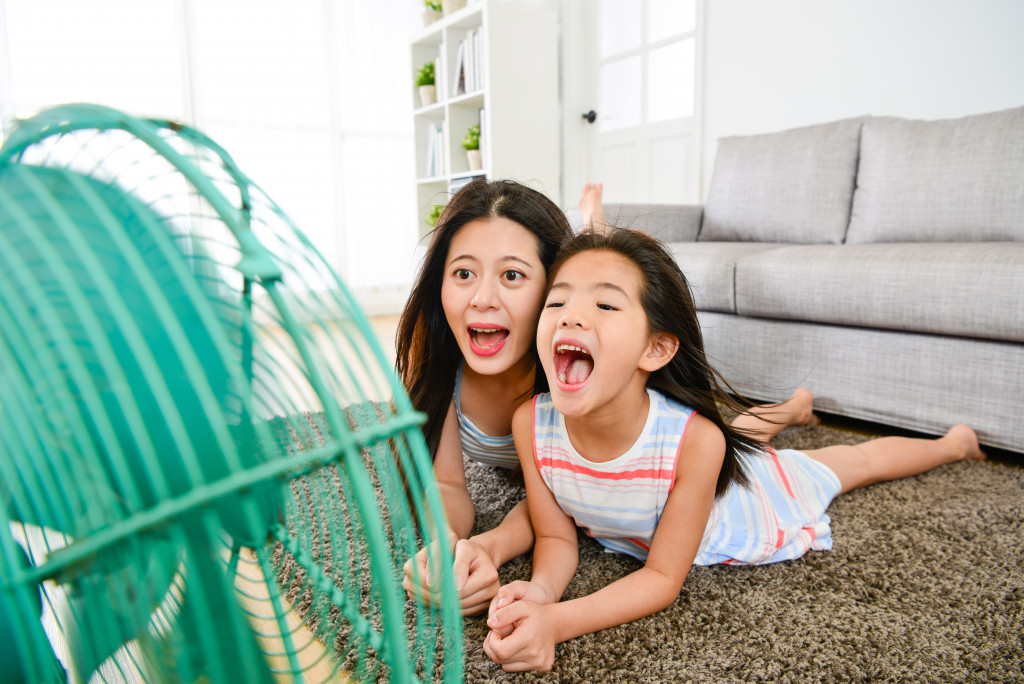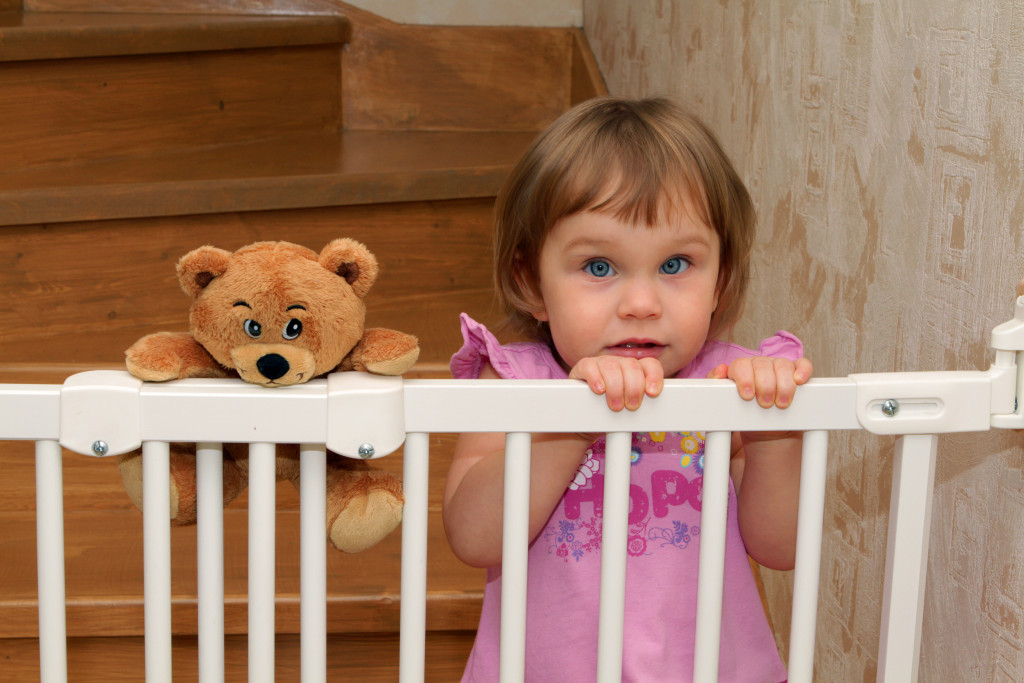- Children spend most of their time indoors and require a healthy home environment.
- Water and air quality are critical components of a healthy home for children.
- Physical hazards such as unsecured furniture and slippery surfaces pose a significant risk to children’s safety.
- Baby-proofing the home and eliminating sharp edges can help prevent physical hazards.
- Regular water quality testing, air purifiers, and avoiding chemical-based cleaning products help maintain a healthy environment.
A healthy home is a fundamental need for children to thrive and develop physically and mentally. Unfortunately, many households fail to meet the basic requirements for a healthy environment. For instance, poor indoor air quality, hazardous materials, and pollutants can cause respiratory problems, infections, and allergies among children.
A National Institutes of Health (NIH) survey revealed that children spend approximately 90% of their time indoors, mostly in their homes. This statistic underscores the importance of ensuring safe and healthy children’s home environments. Unfortunately, there are plenty of potential risks.
Many factors must be considered when creating and maintaining a healthy home for children.
Water Quality
Water quality is critical when creating a healthy home environment for children. Inadequate water quality can lead to various health problems, including stomach upsets, diarrhea, and dehydration. Furthermore, chemicals, pollutants, and bacteria present in water can cause long-term health issues, such as nerve damage, developmental problems, and cancer.
Water quality can be impacted by various factors such as contamination, corroded pipes, or old plumbing fixtures. Ensuring that the lines, plumbing fixtures, and water storage tanks are in top condition and that the water supply is regularly tested can help maintain good water quality.
Regular testing is critical for maintaining water quality. The US Environmental Protection Agency (EPA) recommends at least annual testing for microbial contaminants in private wells or if there is a known problem with the water quality. Municipal water supplies are tested more frequently; however, it is still advisable to install a water filter to reduce exposure to any impurities in the water. A water softener will also help remove hard minerals like iron, calcium, and magnesium.
Air Quality

Maintaining good indoor air quality is essential for a healthy home environment. Poor air quality can irritate the eyes, nose, and throat, in addition to more severe health problems like respiratory diseases and allergies.
The primary sources of poor indoor air quality are contaminants from outside sources (e.g., smoke or dust) that enter through cracks and crevices around doors and windows. Pollutants such as volatile organic compounds (VOCs), dust mites, pet dander, mold spores, pesticides, and other chemical residues can also lead to poor indoor air quality.
Improving air quality at home is possible in various ways, such as regularly vacuuming carpets and furniture to eliminate dust mites and other contaminants, using air purifiers or HEPA filters, and avoiding the use of synthetic fragrances and chemical-based cleaning products. Adding plants to indoor spaces can also help.
Physical Hazards

While ensuring that the water and air quality in the home is healthy for children is essential, physical hazards in the home can also impact children’s safety. Hazards such as unguarded stairs, slippery floors, and sharp edges pose a significant risk to children, which may lead to injuries. According to the Centers for Disease Control and Prevention (CDC), around 9.2 million children are taken to emergency rooms yearly due to unintentional injuries.
Prevention is critical to preventing physical hazards in the home that may cause injuries to children. Below are some best ways to avoid physical risks in the house:
Baby-proofing the Home
Baby-proofing the home is the first and most crucial step in preventing injuries and accidents to babies and toddlers. Installing baby gates at the top and bottom of stairs, securing furniture to walls, covering electrical outlets, and locking cabinets with hazardous substances are some ways of baby-proofing the home.
Securing Furniture and Appliances
To prevent furniture and appliances from toppling over, securing them to the wall using anchors and brackets is advisable. These items can easily be knocked over by playing children or during a fall, and a child could get hurt if they fall on them.
Eliminating Slippery Surfaces
Slippery surfaces such as hardwood or tile floors, stairs, and bathroom tiles can be dangerous for children, especially when wet. To prevent slips and falls, ensure these surfaces are slip-resistant and have an anti-skid feeling. Installing handrails or grip strips on stairs can also provide additional support.
Removing or Covering Sharp Edges
Sharp edges and corners can cause severe injuries to children when they bump into them. Removing or covering sharp edges and corners with soft padding or corner guards is advisable to prevent injuries. For instance, this can be done on coffee tables, countertops, and fireplace hearths.
Final Thoughts
Creating a healthy and safe home environment for children is essential to their growth, development, and well-being. Paying attention to water and air quality and the household’s physical hazards is necessary to ensure this. Following the tips above will help keep children safe from environmental risks. Parents should be proactive in providing a healthy living space for kids.
